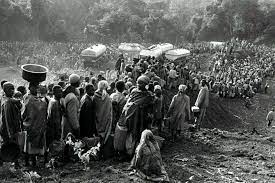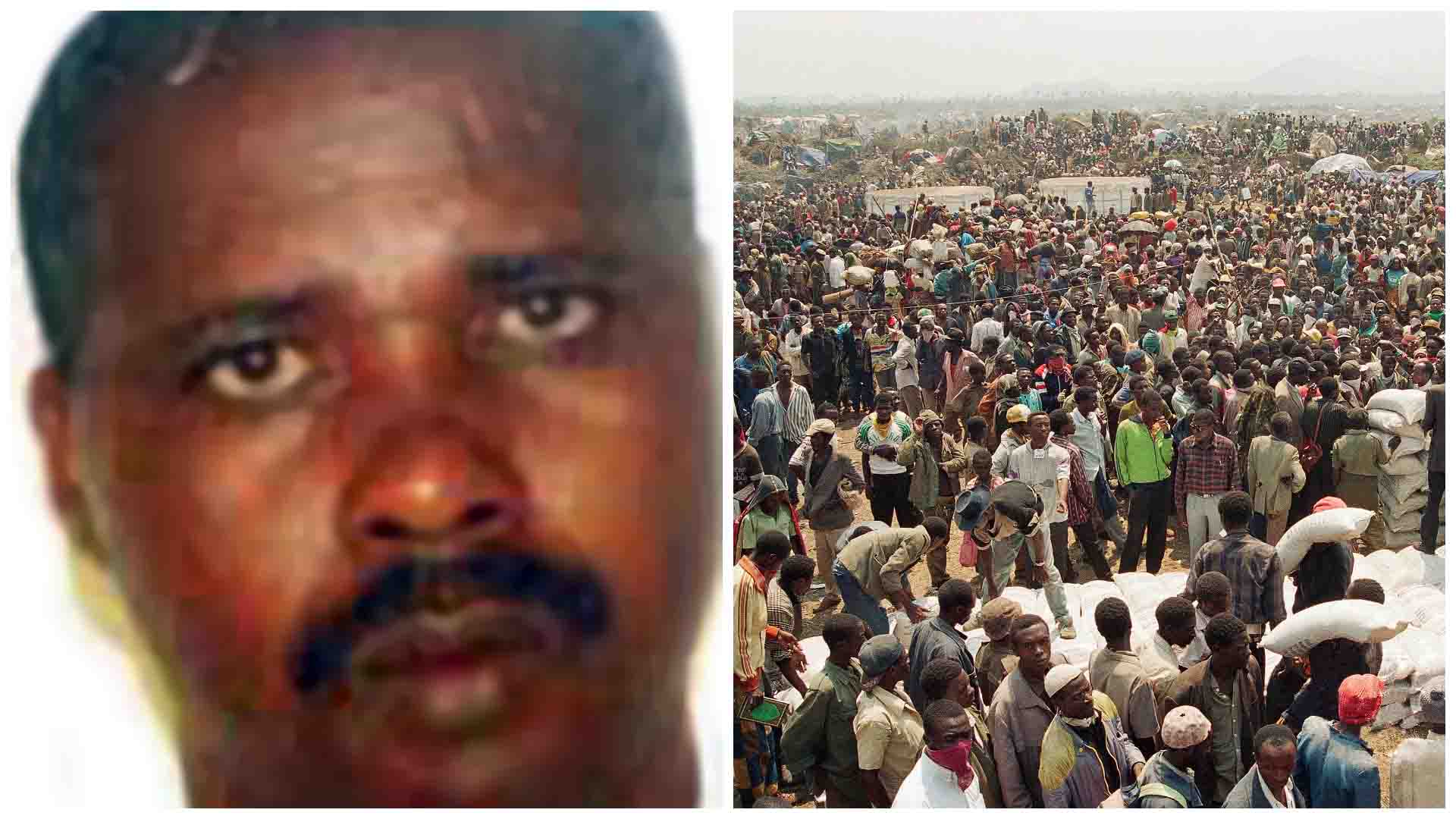South Africa (Common Wealth) _ After spending decades on the run, the person most associated with the 1994 Rwandan genocide was finally apprehended in Paarl, South Africa following collaborative mission between South African law enforcement and UN investigators.
At the time of the genocide, Fulgence Kayishema is accused of planning the murder of almost 2,000 Tutsi refugees, including women, men, children, and the elderly, at Nyange Catholic Church. He’s been evading capture since 2001.
According to a statement from the UN team, Kayishema initially denied his identification when he was apprehended. At night’s end, he did, however, confess to them, saying, “I have been waiting a long time to be arrested.”
He allegedly utilized several aliases and falsified documents to avoid capture, according to investigators.
“The arrest was the culmination of an intense, thorough, and rigorous investigation,” a top official at the prosecutor’s office involved in the case told CNN.
“Family relatives and recognized acquaintances were thoroughly looked into. In the end, that helped find the appropriate place to look for clues and the crucial information that was required.

“For more than 20 years, Fulgence Kayishema was on the run. The International Residual Mechanism for Criminal Tribunals (IRMCT) Chief Prosecutor Serge Brammertz stated that his arrest “ensures that he will finally face justice for his alleged crimes.”
The most heinous crime committed by humans is genocide. The international community has pledged to make sure that its offenders will be charged with crimes, and punished. This arrest is concrete proof that this dedication endures and that justice will be served, however long it takes, according to Brammertz.
With his wife, kids, and brother-in-law, Kayishema left the genocide in July 1994 and went to the Democratic Republic of the Congo. He went to other African nations until settling in South Africa in 1999, where he made an asylum application under a false name.
Prosecutors claim that since his arrival in South Africa, he has been able to rely on a close-knit support system that includes former Rwandan military personnel who have gone to great efforts to hide his movements and actions.
The IRMCT prosecutor has recently voiced dissatisfaction with the South African government’s lack of cooperation and a string of missed opportunities to apprehend Kayishema. According to a report, Kayishema was not apprehended three years ago.
However, Brammertz praised the South African government’s assistance and collaboration on Thursday.
One of the most violent episodes of the genocide, which killed an estimated 800,000 Tutsis and moderate Hutus over the course of 90 days, occurred in Nyanga, Rwanda.
According to the tribunal, Kayishema had a direct hand in the “planning and execution of this massacre.” According to the accusation, he obtained and distributed gasoline in order to set the church on fire while refugees were inside. A bulldozer was allegedly used by Kayishema and others to bring down the church after the fire while refugees were still inside.
Athanase Seromba, a former priest of the church, was found guilty in 2006 and given a 15-year prison term that was later upgraded to a life sentence on appeal.
In a Cape Town court on Friday, Kayishema is scheduled to be charged.
The US War Crimes Rewards Program offered a reward of up to $5,000,000 for information on Kayishema and the other fugitives sought for committing war crimes in the genocide in Rwanda.
Even after Kayishema’s arrest, the UN is still looking for three more high-profile individuals.
Another wanted person was apprehended in a suburb of Paris in 2020 after more than 20 years on the lam.
In a coordinated operation with French officials, Félicien Kabuga, “one of the world’s most wanted fugitives,” who is said to have played a key role in the genocide, was apprehended.
Huge numbers of members of the Tutsi ethnic minority, including men, women, and children, were killed during the Rwandan genocide by Hutu militias and civilians alike; many of them had been their neighbors before the conflict started.
After 100 days, the massacres were eventually put an end when Paul Kagame’s Rwandan Patriotic Front (RPF) army routed the Hutu rebels and took the control of the country.








